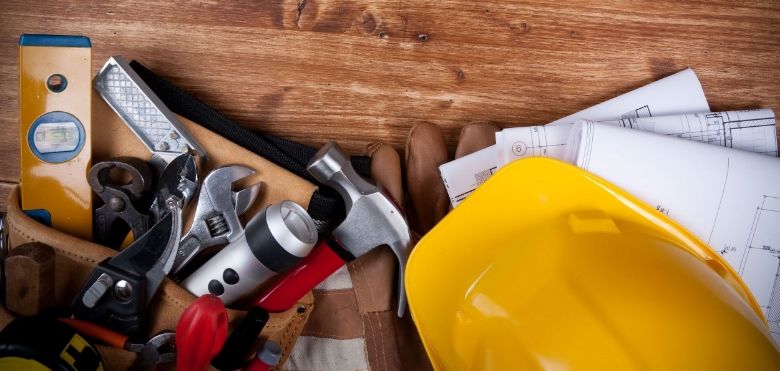A client of ours recently came to us with the following situation. The client had an investment property that was originally intended to be a rental, but after going through renovations they felt like it might make more sense to sell. Could this qualify for a 1031 exchange?
Maintaining the Right Mindset
The simple answer is yes. If you have maintained a mind-set to hold the property for a qualifying purpose of “investment or business purposes,” then you could continue with a 1031 tax deferred exchange.
There is no minimum required period of time that the relinquished property must be owned. For the IRC 1031 to qualify, you must have had the intention (before closing) of holding property for investment or for use in a trade or business.
Tax Treatment of Repairs and Improvements
The client was also concerned about how all the money they put into the property in repairs and improvements would be treated from a tax perspective.
These amounts may be tax-deductible in the year incurred if they are deemed repairs. Conversely, they may be deemed as capital improvements which would increase the client’s basis in the property and are recouped more slowly through depreciation.
It is always a good idea to talk to your accountant about the proper tax treatment for these expenses. Generally, you are not allowed to reimburse yourself for these repair costs with 1031 funds at closing (without adverse tax consequences).
Start Your Exchange : If you have questions about 1031 exchanges of rental property, feel free to call me at 612-643-1031.
Defer the tax. Maximize your gain.
© 2017 Copyright Jeffrey R. Peterson All Rights Reserved




